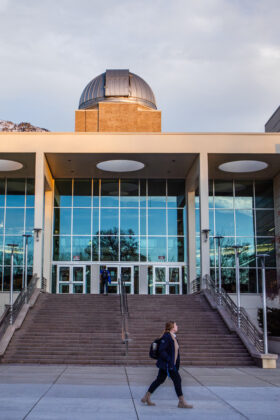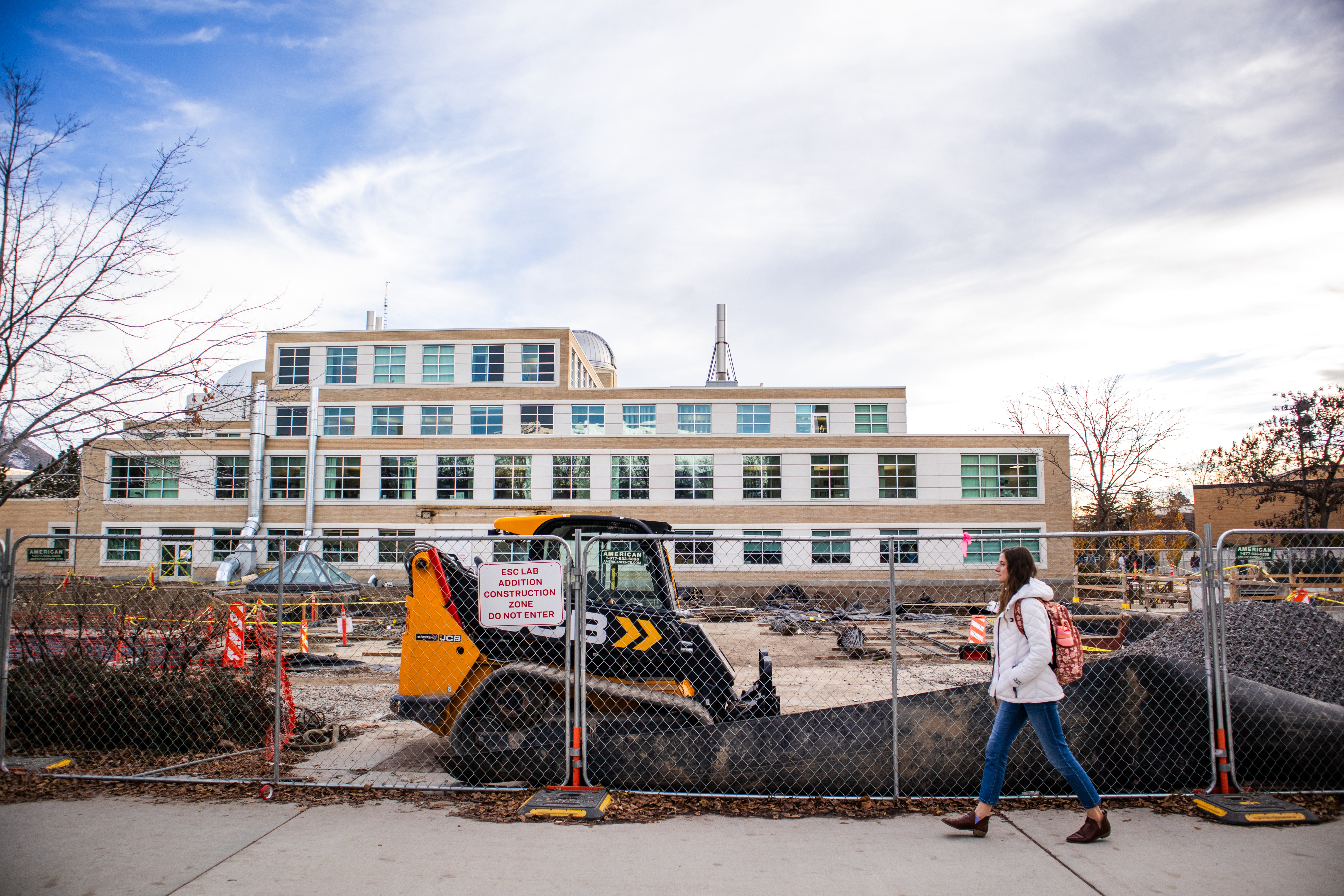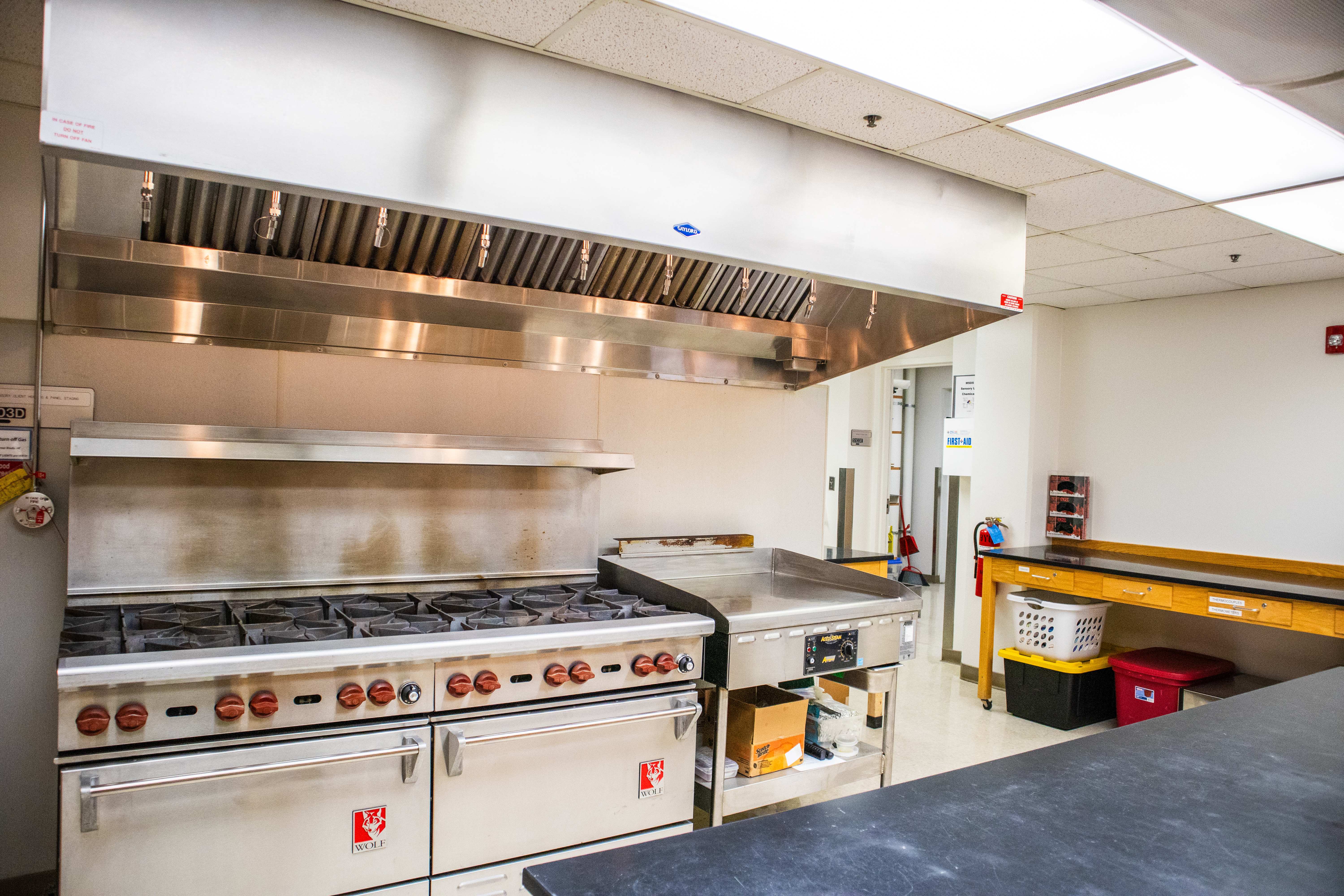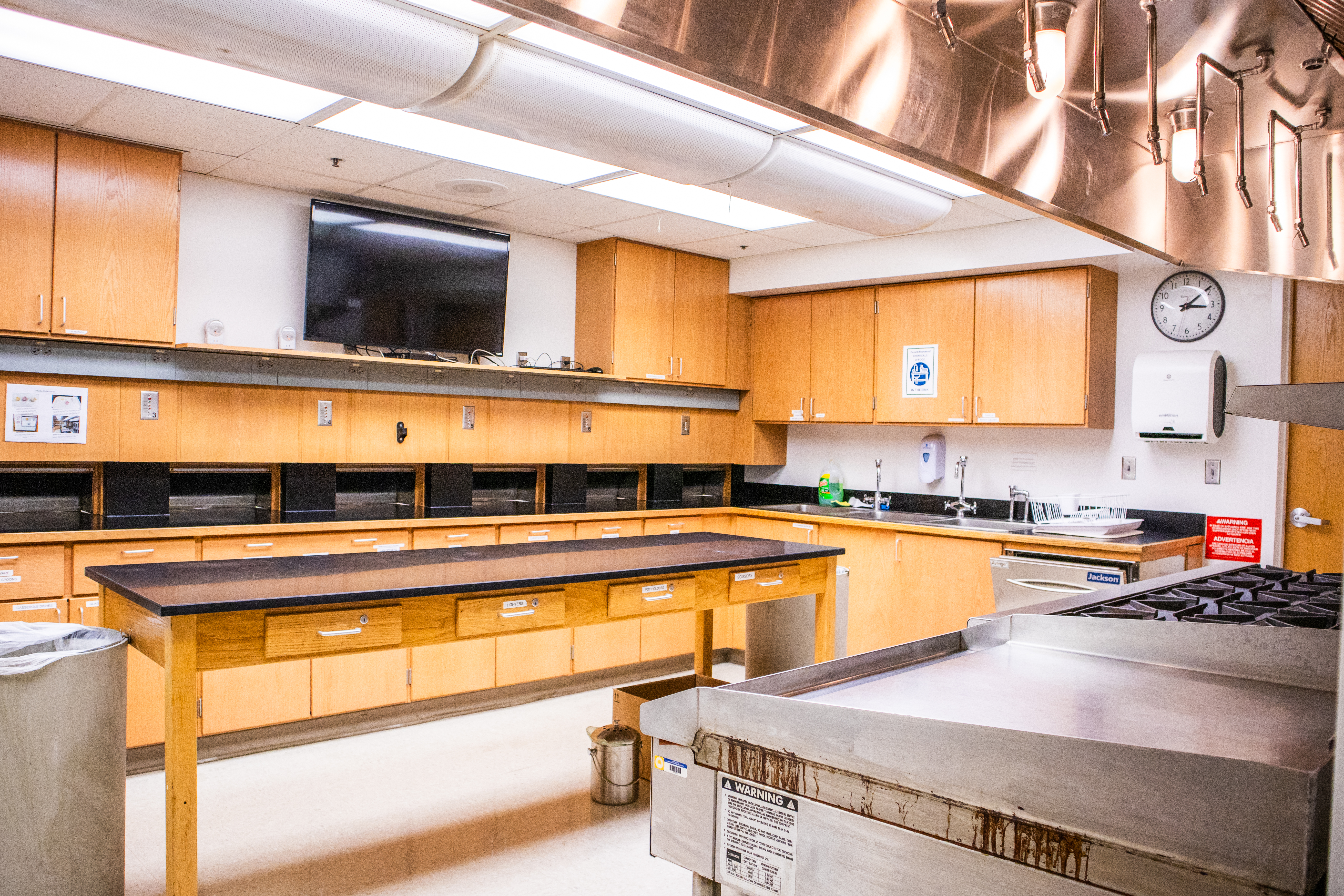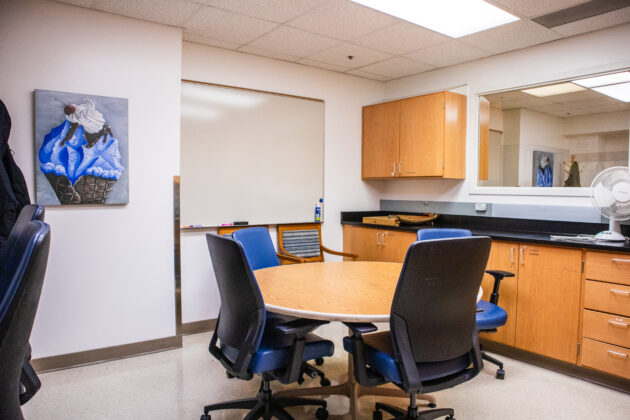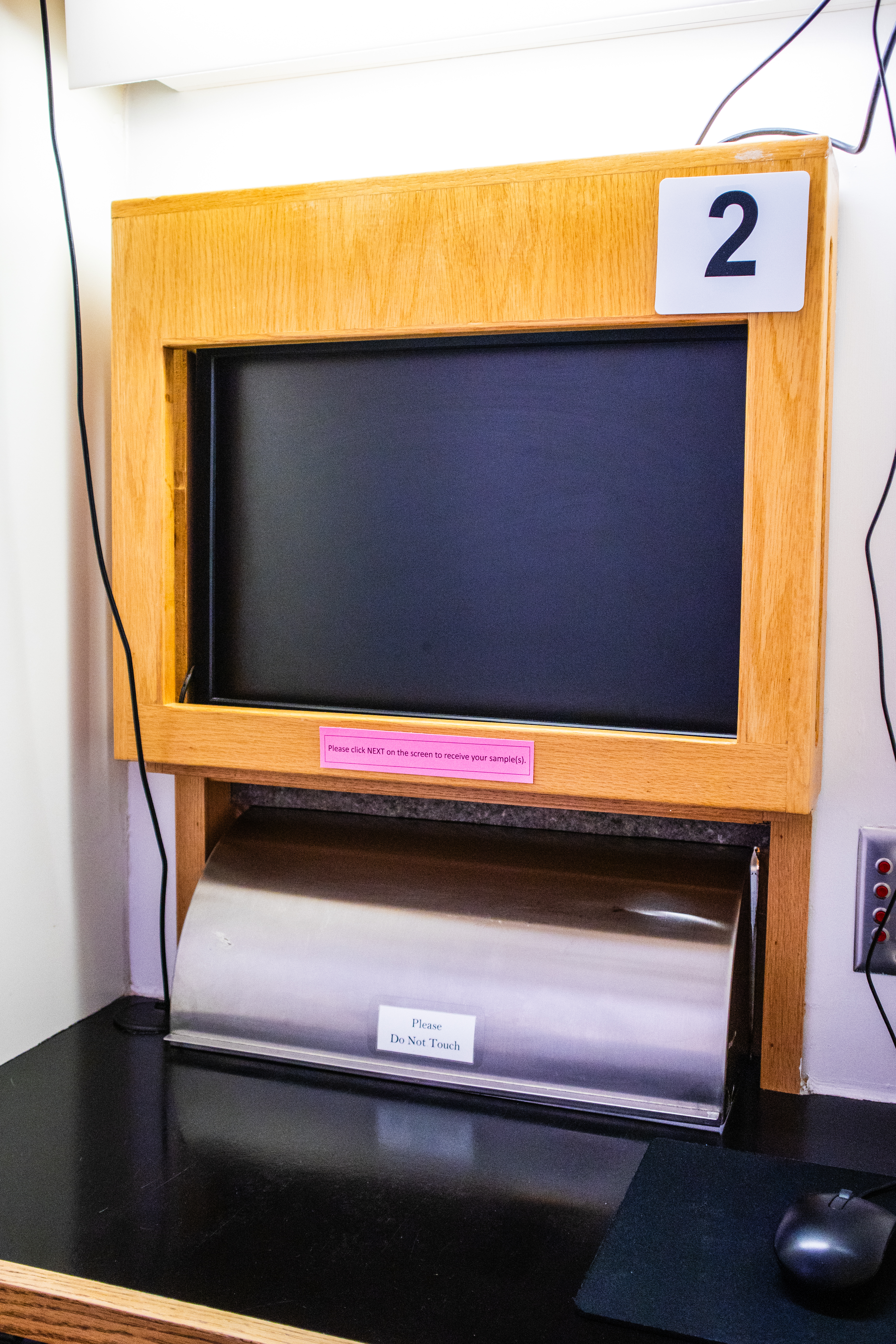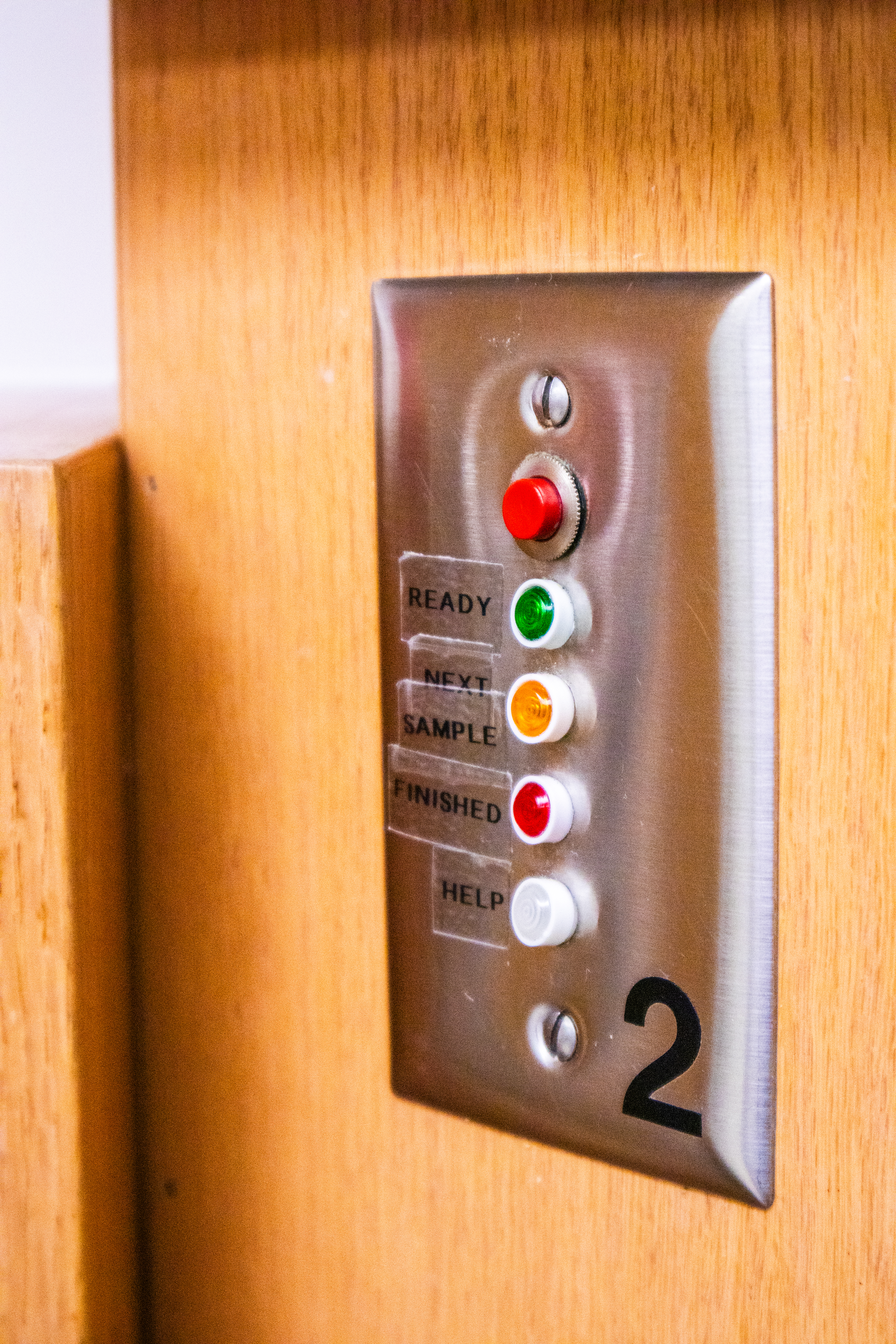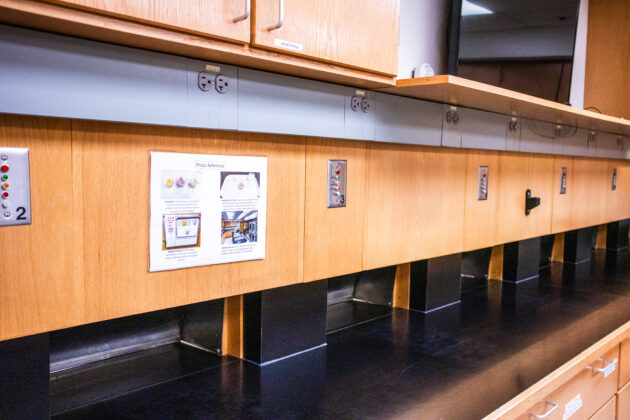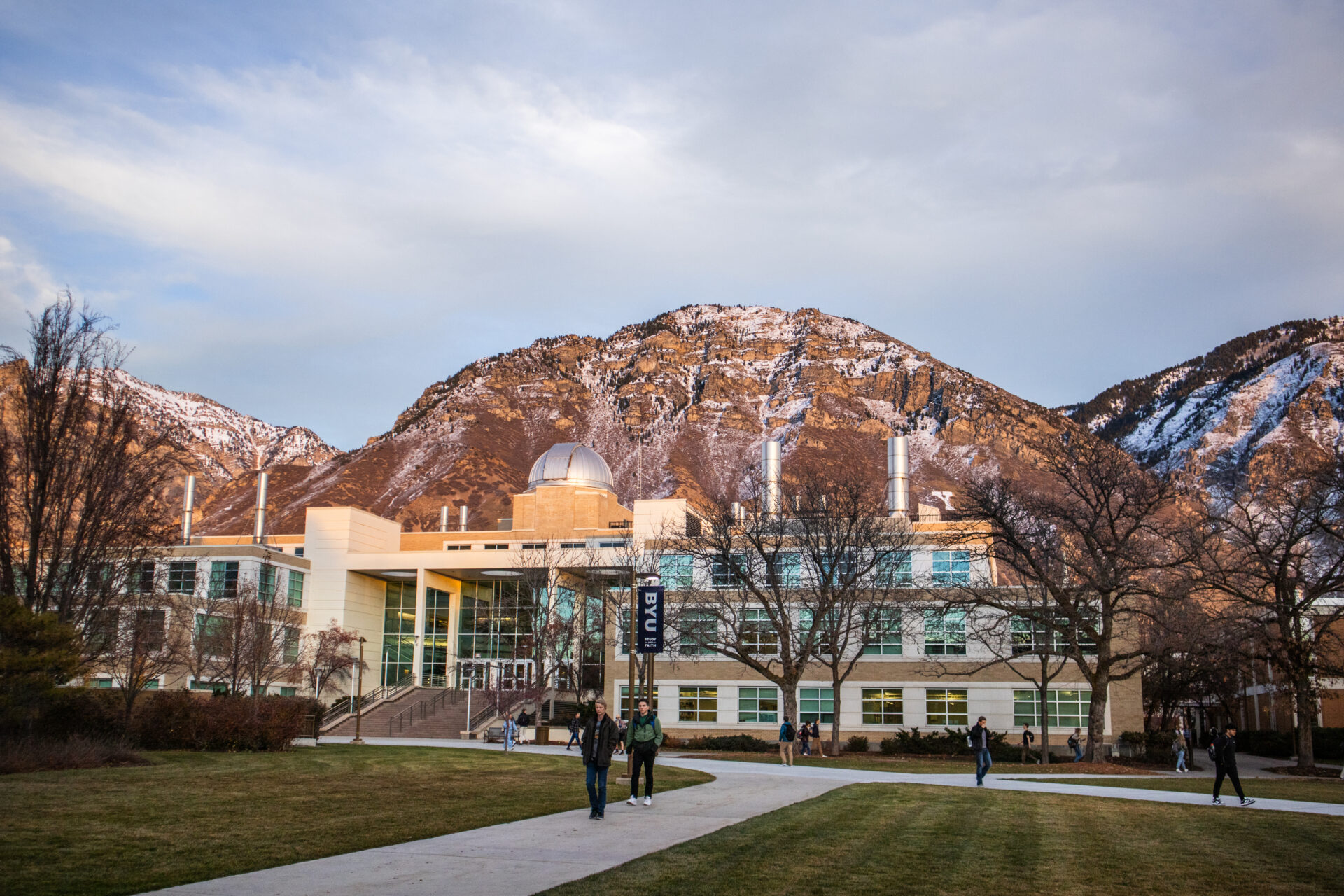
The BYU Sensory Lab provides services to food industry clients and allows students to have hands-on experience — beyond mashed potatoes — in food science.
The BYU Sensory Lab first opened in 1986 and was overseen by Lynn Ogden. Because mashed potatoes were a large part of the lab’s beginnings, Amanda Rees, current sensory lab manager and BYU food science alum, said past participants may think of it as the “mashed potato lab.”
Over the past thirty years, however, the sensory lab has expanded from mashed potatoes and now serves a variety of industry clients, many of whom are based outside of Utah.
In the book, “Sensory Evaluation of Food: Principles and Practices,” Harry Lawless and Hildegarde Heymann define the term “sensory” as a “scientific method used to evoke, measure, analyze and interpret those responses to products as perceived through the senses of sight, smell, touch, taste and hearing.” The book also explains sensory evaluation helps keep bias to a minimum, as sensor tests are conducted under controlled conditions in preparation, serving and testing.
Working with real industry clients, the sensory lab seeks to create panels that are specific to the client’s product and target market. To do so, the sensory lab sends panel questionnaires to potential panelists, ensuring they meet the requirements. The sensory lab also welcomes walk-in panelists for many panels.
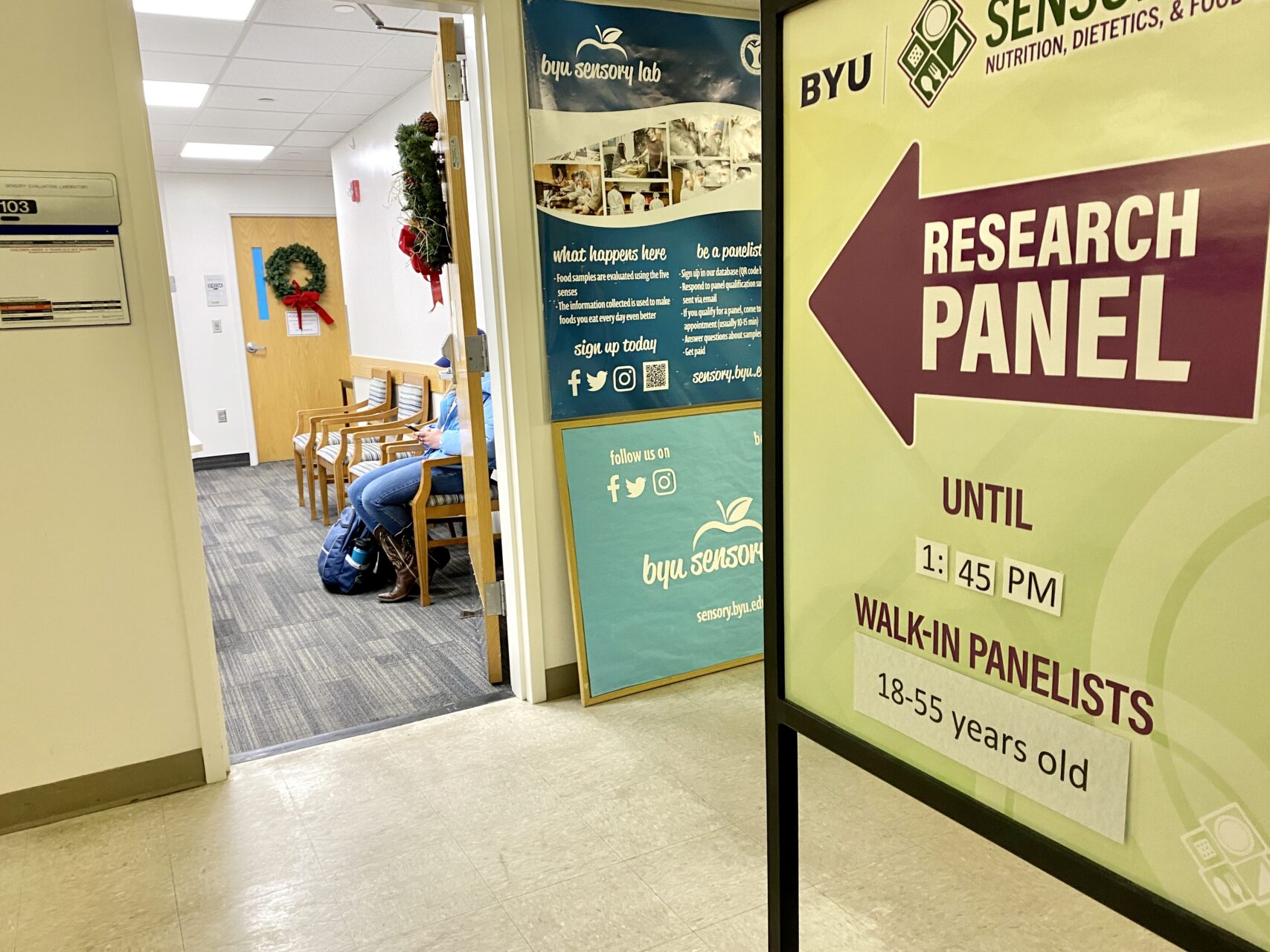
According to the sensory lab’s website, employees are trained to have the “ability and expertise” to conduct acceptance and difference tests using “demographically diverse consumer panelists.”
Many panelists at the BYU Sensory Lab are students and staff, but there are also community members who take part in the panels.
Once inside the sensory lab, panelists sign in and go to the testing room. Individual testing spaces enable the sensory lab to eliminate bias between panelists. Depending on the needs of the panel, panelists evaluate the product following panel instructions.
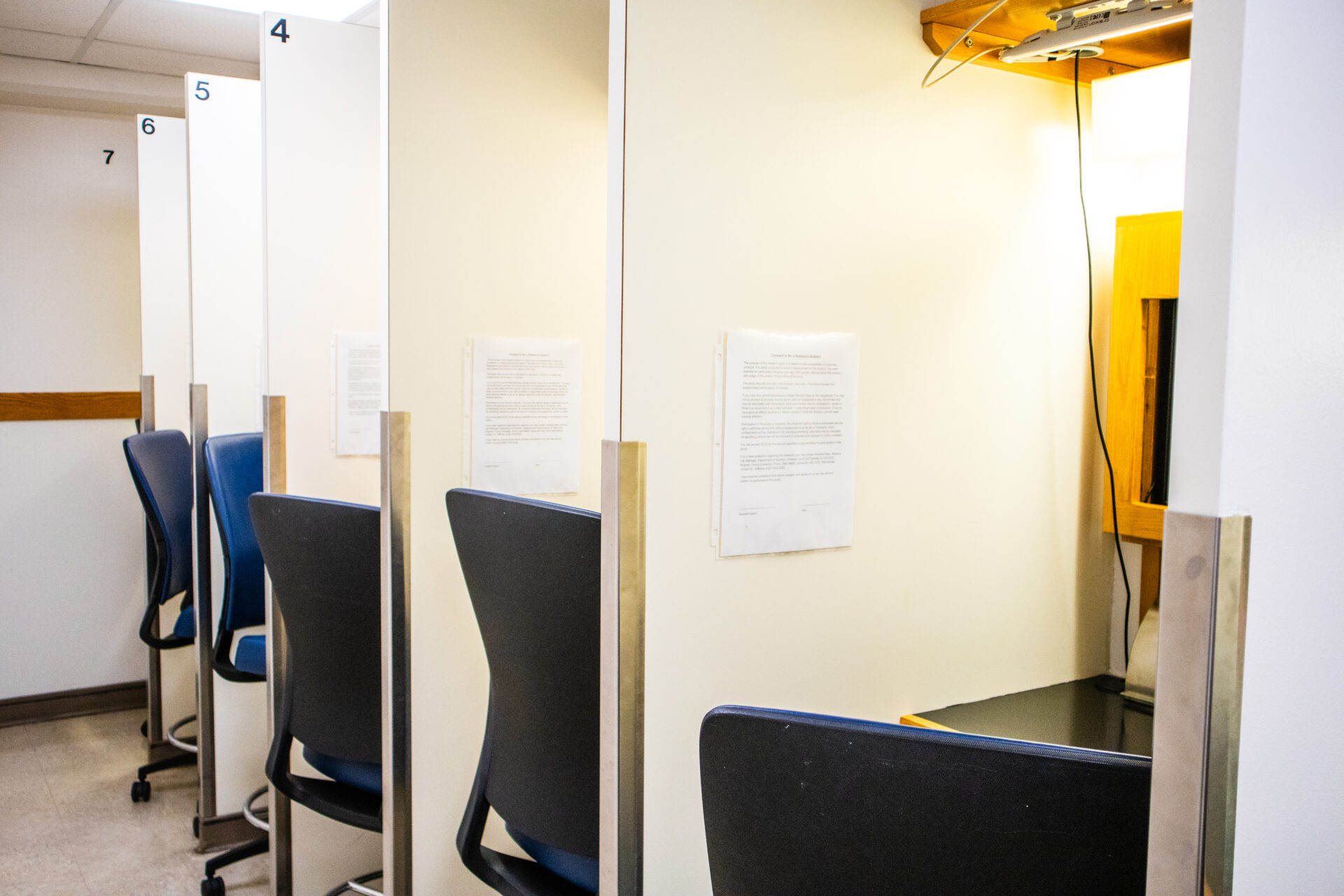
After testing, the sensory lab collects the data from panelists and sends a report composed of data and statistics to the client. Panels are held about twice a week, year-round for a variety of clients.
“It’s good exposure working with the community and outside companies,” Ellie Gibb, a pre-dietetics student employee at the sensory lab, said.
Gibb plans to apply to the dietetics program in February and said the sensory lab has been a great way to gain experience in her field of interest while working in a fun environment.
Rees, who works closely with students, said the sensory lab enables students to work in a professional environment and interact with clients in ways that often allow them to foster relationships with companies and find internship opportunities. She also said she enjoys working with students and aims to create an environment of belonging.
“The cool thing is that I get to work with amazing students. I think that’s the best part,” Rees said. “The mentoring of the students is by far the most rewarding.”
According to Rees, students bring fresh ideas to help the sensory lab improve and not become stagnant.
Currently, the sensory lab has ten student employees and although most student employees are generally food science or dietetics majors, employment at the lab is not limited to these majors.
“It’s a great place to work,” Melia Petersen, a pre-dietetics student and assistant manager at the sensory lab, said.
Although being an assistant manager comes with a great deal of responsibilities, Peterson said her work is preparing her to apply to the dietetics program and that she enjoys seeing how people react to different foods.
“Who doesn’t love to eat food and get paid for it?” Rees said.
Along with the sensory lab, dietetics students take a required course which gives them the hands-on experience of running the BYU Pendulum Court Cafe.
“Working at the Pendulum Court was an awesome experience to get comfortable with the food service industry while also making deep connections with the people around you,” Maya Marchant, a junior majoring in dietetics, said. “I learned how important food safety is to protect customers and to keep the business running.”
Marchant said working at the Pendulum Court taught her how to handle food correctly and prepare it in large quantities, and allowed her to see behind the scenes of the food service and restaurant industry.
In addition to the sensory lab, BYU also has a variety of clubs, such as the Fight Malnutrition Club, which focus on food science and nutrition.
Lauryn Osborn, a senior in the dietetics program and president of the Fight Malnutrition Club, explained the club focuses on education and raising awareness in the community. Osborn said seeing poverty and malnutrition around the world and on campus has been “eye-opening.”
To learn more about the food science major at BYU, visit their website. To learn more about the dietetics major at BYU, visit their website.

